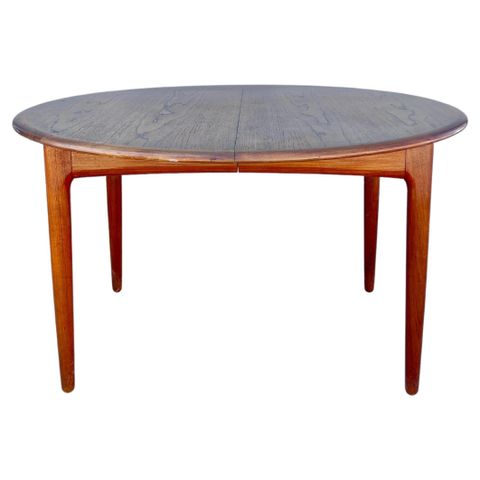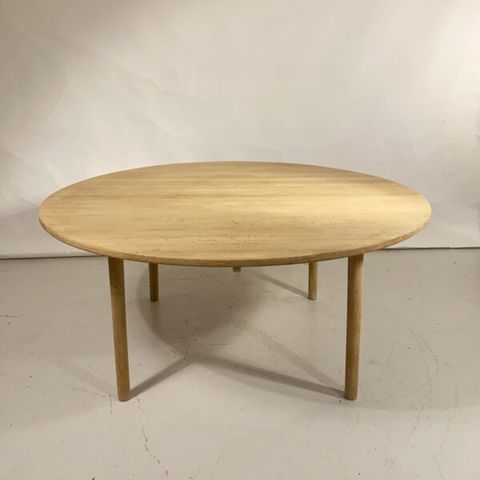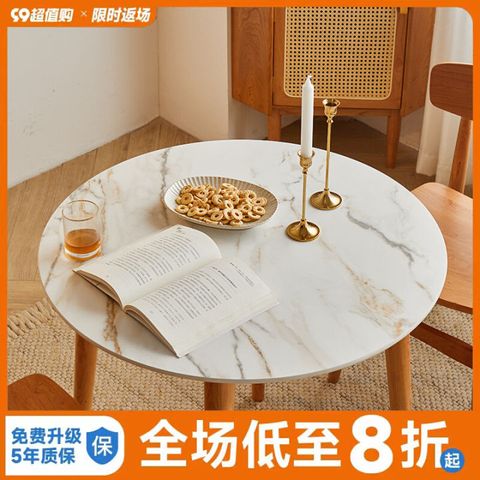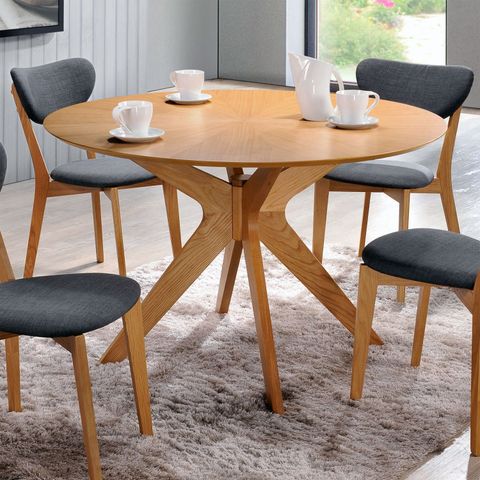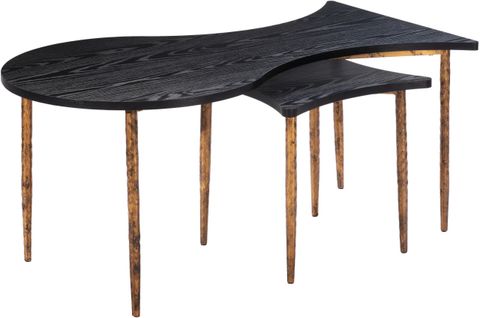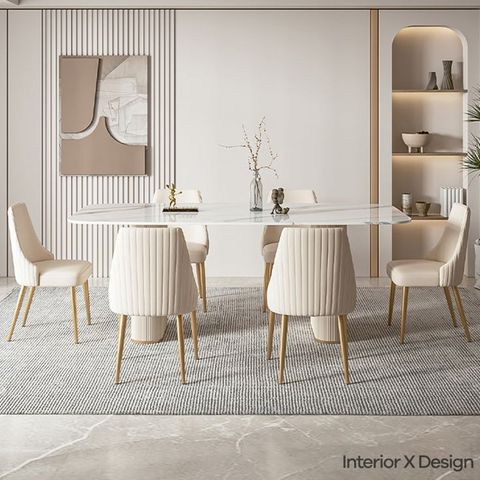Picture this: a cozy Scandinavian kitchen with clean lines, soft lighting, and just enough room for a small round table that somehow makes everything feel larger than life. That’s the power of smart design when it comes to maximizing space in modern Nordic homes. These circular dining solutions aren’t just about aesthetics – they’re practical masterpieces that work wonders in tight quarters.
When it comes to Scandinavian design philosophy, less often means more. This approach to living beautifully embraces minimalism, functionality, and the clever use of every available inch. In many urban dwellings and smaller homes, this translates to choosing furniture that serves multiple purposes and creates the illusion of spaciousness. Small round dining tables perfectly embody this concept, offering both practicality and visual appeal. They’re particularly effective in Scandinavian homes where light, air, and open spaces are highly valued. The gentle curves of a round table naturally draw the eye outward, creating a sense of continuity and flow that makes even the smallest rooms feel more expansive. Whether you’re working with a studio apartment or a modest family home, understanding how to strategically place and choose these tables can completely transform your dining experience and overall living space.
Why Round Tables Work So Well in Scandinavian Design
Scandinavian interiors are built around principles of simplicity, comfort, and practicality. Round tables align perfectly with these values because they offer several distinct advantages in compact spaces. First, their shape eliminates sharp corners that can feel cramped or dangerous in small areas. Instead, the smooth curves create a welcoming atmosphere that encourages conversation and connection. The circular form also allows for better traffic flow around the table, making it easier to move chairs in and out without bumping into walls or other furniture. When you think about how people naturally gather around circular tables, you realize they create a more intimate and inclusive dining environment. There’s something inherently democratic about round tables – everyone sits equidistant from each other, fostering conversation rather than hierarchy. This egalitarian quality fits right into the Scandinavian ethos of equality and community. Plus, round tables often require less floor space than rectangular ones, making them ideal for kitchens or dining areas where every square inch counts. The visual weight of a round table is distributed more evenly, which helps prevent a room from feeling top-heavy or cluttered.
Choosing the Right Size for Your Space
Size matters more than you might think when selecting a round dining table for your Scandinavian home. A table that’s too large can overwhelm a small room, while one that’s too small won’t provide adequate seating or function properly. For most Scandinavian spaces, a diameter between 36 and 48 inches works well for families of four to six people. Consider the actual dimensions of your room before purchasing. Measure the distance from wall to wall and ensure there’s at least 30 inches of clearance around the table for comfortable movement. Think about how you’ll actually use the space – do you need room for chairs to pull out? Will you be using the area for other activities besides dining? Scandinavian homes often double as workspaces, living areas, and social hubs, so flexibility is key. A 36-inch table provides enough room for four people with some extra space for serving dishes or small decorative items. If you have a larger family or frequently entertain guests, consider a 48-inch table, though you may need to sacrifice some walking room. The beauty of round tables is that they can easily adapt to different room sizes and configurations, making them incredibly versatile.
Material and Finish Selection for Nordic Aesthetics
The materials and finishes you choose for your round dining table will significantly impact how it integrates with your Scandinavian decor. Light woods like birch, oak, or ash are classic choices that complement the natural elements so central to Scandinavian design. These woods bring warmth and texture without overwhelming the clean lines that define Nordic interiors. The grain patterns in light woods create visual interest while maintaining that signature minimalist look. Darker woods such as walnut or teak can also work beautifully if you want to add contrast and depth to your space. They create a sophisticated balance between the lightness of Scandinavian design and the richness of natural materials. Metal accents, particularly brushed brass or matte black, can add contemporary flair while keeping things grounded in the Nordic aesthetic. Glass tops offer a modern twist and can make small spaces feel even more airy and open. However, they require careful consideration since they can be prone to scratches and fingerprints. The finish should always complement your existing color palette. White or light gray tables can make a small room appear larger and brighter, while natural wood tones add warmth and character. Consider the practical aspects too – light woods show wear more easily than darker woods, but they also age beautifully over time.
Storage Solutions Under Your Round Table
One of the most brilliant aspects of small round dining tables is how they can incorporate storage solutions that maximize every available space. Many Scandinavian designers have perfected the art of hidden storage within table designs. Look for tables with built-in storage compartments beneath the surface. These can hold everything from dinnerware to seasonal decorations. Some tables feature removable leaves or expandable sections that allow you to adjust the size based on your needs. This is particularly useful in homes where dining situations vary from intimate family meals to larger gatherings. Under-table storage boxes or baskets can keep linens, napkins, and serving supplies neatly organized and easily accessible. Consider tables with integrated shelving or drawer systems that provide additional storage without adding bulk to your space. The key is finding storage solutions that maintain the clean, uncluttered look that Scandinavian design celebrates. Hidden storage keeps your dining area looking pristine while ensuring you always have what you need when you need it. These functional features are especially valuable in smaller homes where every item needs a designated place.
Lighting Integration for Optimal Dining Experience
Proper lighting can make or break the dining experience in any room, but it’s particularly important in Scandinavian homes where natural light plays such a crucial role. The right lighting above your round dining table can create ambiance while ensuring practical visibility during meals. Pendant lights with clean, simple designs work exceptionally well in Scandinavian settings. They can be positioned directly above the table to provide focused illumination without competing with the room’s overall aesthetic. Consider adjustable lighting options that can change depending on the time of day or type of meal. Soft, warm lighting works wonderfully for evening dinners, while brighter, cooler light is better for morning breakfasts or casual meals. Many modern round dining tables come with built-in lighting options or are designed to accommodate table lamps or pendant lights seamlessly. The circular shape of the table means that lighting can be distributed more evenly around the entire surface. This creates a more comfortable dining environment where everyone can see each other clearly. Layered lighting – combining ambient overhead lighting with task lighting – provides flexibility and enhances the overall mood of your dining space.
Practical Tips for Maximizing Your Small Space
Real-life success stories show that small round dining tables can truly transform compact Scandinavian homes. Here are some practical approaches that work particularly well:
• Choose a table with legs that are low enough to let you see under it – this creates a lighter, more open feeling
• Position the table against a wall or in a corner to save floor space and create a defined dining area
• Use matching chairs that have a similar height and style to maintain visual harmony
• Add a small side table or console nearby for extra surface space and storage
• Consider folding or extendable tables for versatility in smaller spaces
• Hang artwork or plants above the table to draw the eye upward and make the room feel taller
• Select a table with a slightly raised edge to create a visual boundary that defines the dining area
These strategies work because they leverage the natural properties of round tables while addressing common challenges in small spaces. The key is thinking beyond just the table itself and considering how it interacts with the rest of your room’s layout and function.
Maintaining the Scandinavian Look Over Time
Keeping your small round dining table looking fresh and true to Scandinavian principles requires thoughtful maintenance and care. Regular cleaning with appropriate products helps preserve the natural beauty of wood surfaces. Avoid harsh chemicals that can damage finishes or strip away the natural patina that develops over time. Light wood surfaces benefit from periodic polishing with appropriate oils or waxes to maintain their luster and protect against moisture. In Scandinavian homes, it’s common to rotate seasonal decorations and change out textiles to keep the space feeling fresh. This approach works especially well with round tables since they don’t have corners that collect dust or hard-to-reach spots. Simple maintenance routines can keep your table looking its best for years. Consider how you’ll maintain the table’s appearance over time – will it be easy to clean? Does it resist scratches and daily wear? The durability of your choice will determine how long it continues to serve you well. Remember that Scandinavian design isn’t just about looks; it’s about creating lasting, functional spaces that improve with age. A well-chosen round dining table becomes a centerpiece that enhances your home’s character and serves as a gathering place for memories.
Small round dining tables offer more than just a place to eat – they represent a thoughtful approach to maximizing space in Scandinavian homes. Their ability to create visual continuity, encourage conversation, and fit seamlessly into compact environments makes them invaluable additions to any Nordic-style dwelling. The key lies in choosing the right size, material, and style that complements your existing décor while meeting your practical needs. When you consider how these tables can integrate storage, lighting, and functionality into a single piece of furniture, you start to appreciate their true value. Whether you’re renovating a small apartment or designing a new home, investing in a quality round dining table can transform your space from merely functional to genuinely beautiful. The secret isn’t just in the table itself, but in how it becomes part of your home’s overall story. These tables invite people to gather, connect, and enjoy meals together – exactly what Scandinavian design aims to promote. As you plan your next home improvement project, remember that sometimes the smallest changes can make the biggest difference in how your space feels and functions. A well-chosen round table can be the foundation for countless happy moments and the perfect example of how less truly can be more.

